Sustaining Grasslands
Endangered Grasslands
Aso's grasslands are facing a range of threats. While Aso boasts the largest area of grassland in Japan, the total area is continuing to decrease, and fewer people are engaging in traditional practices such as grass cutting and the grazing of animals.
Because of this, Aso's grassland landscapes are at risk of disappearing, and the region's precious biodiversity is also under threat. And, as the quality of the grasslands continues to decline, there is an increased danger of forest fires and landslides.
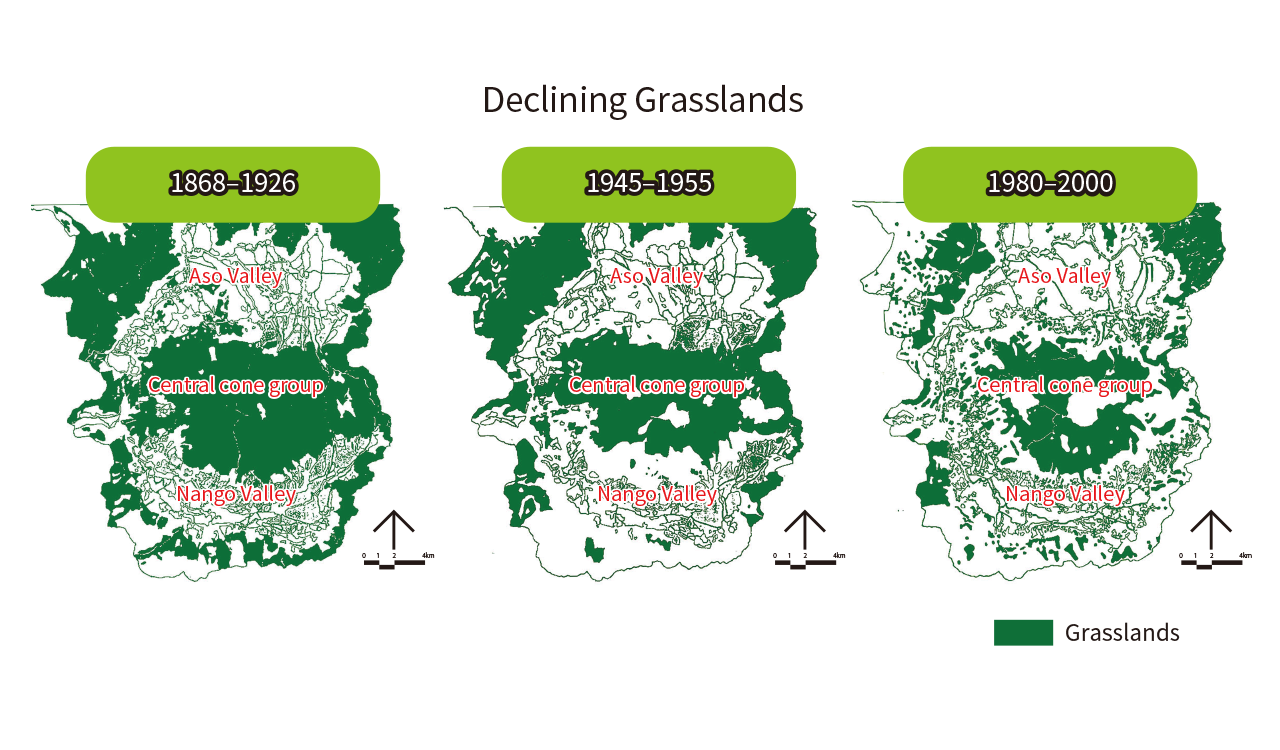
Tap to enlarge
Issues Surrounding Grasslands
Unused areas of Aso's grasslands are increasing due to a decrease in the number of grazing cows and horses along with a decrease in grass cutting.
Fewer farmers are raising cows and horses, and many farmers are elderly and lack a successor, hampering work to maintain the area's grasslands.
The total area of grasslands is decreasing and the grassland environment is changing, which has harmed grassland landscapes and altered ecosystems.

Tap to enlarge
Efforts to Protect the Grasslands
Aso's grasslands are a perfect example of coexistence between people and nature, a proud legacy resulting from ongoing maintenance through continual use. Various efforts are underway to preserve these thousand-year-old grasslands for future generations.
Expanding the Activities of the Aso Grassland Restoration Committee
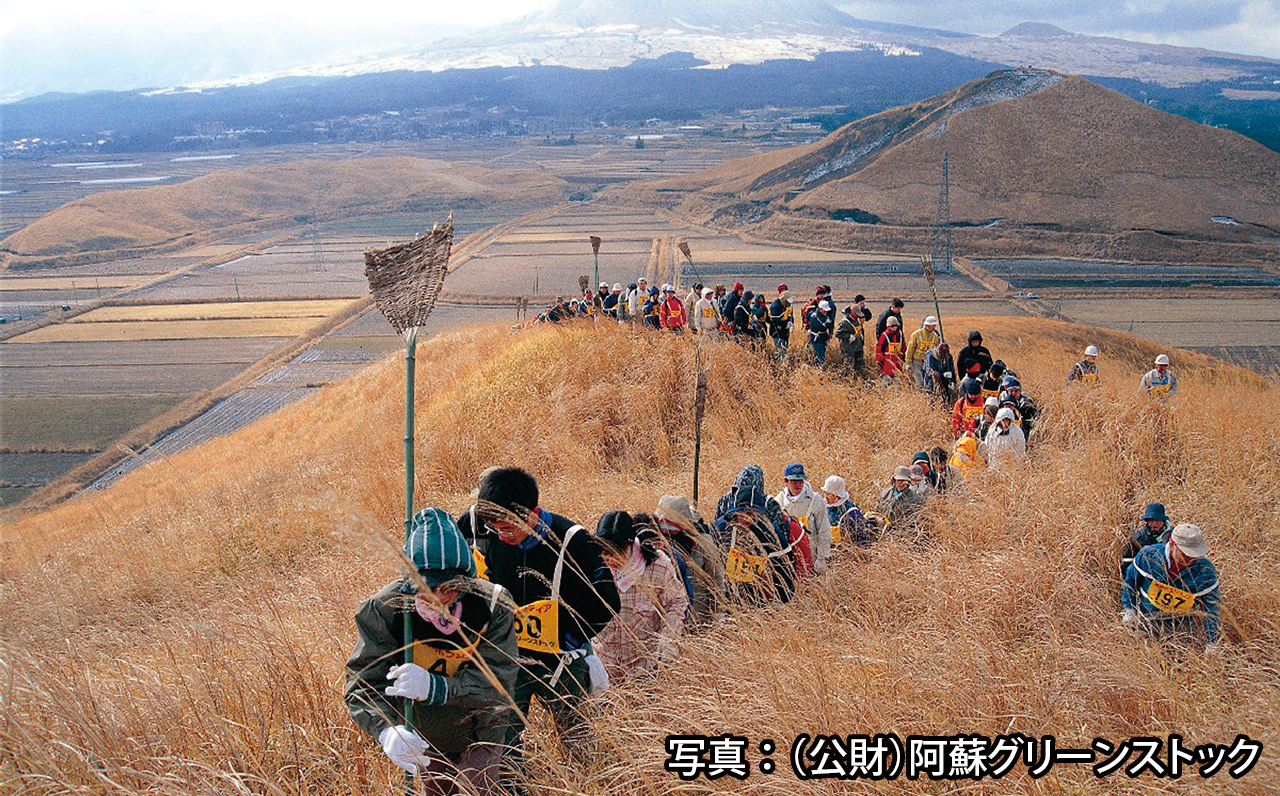

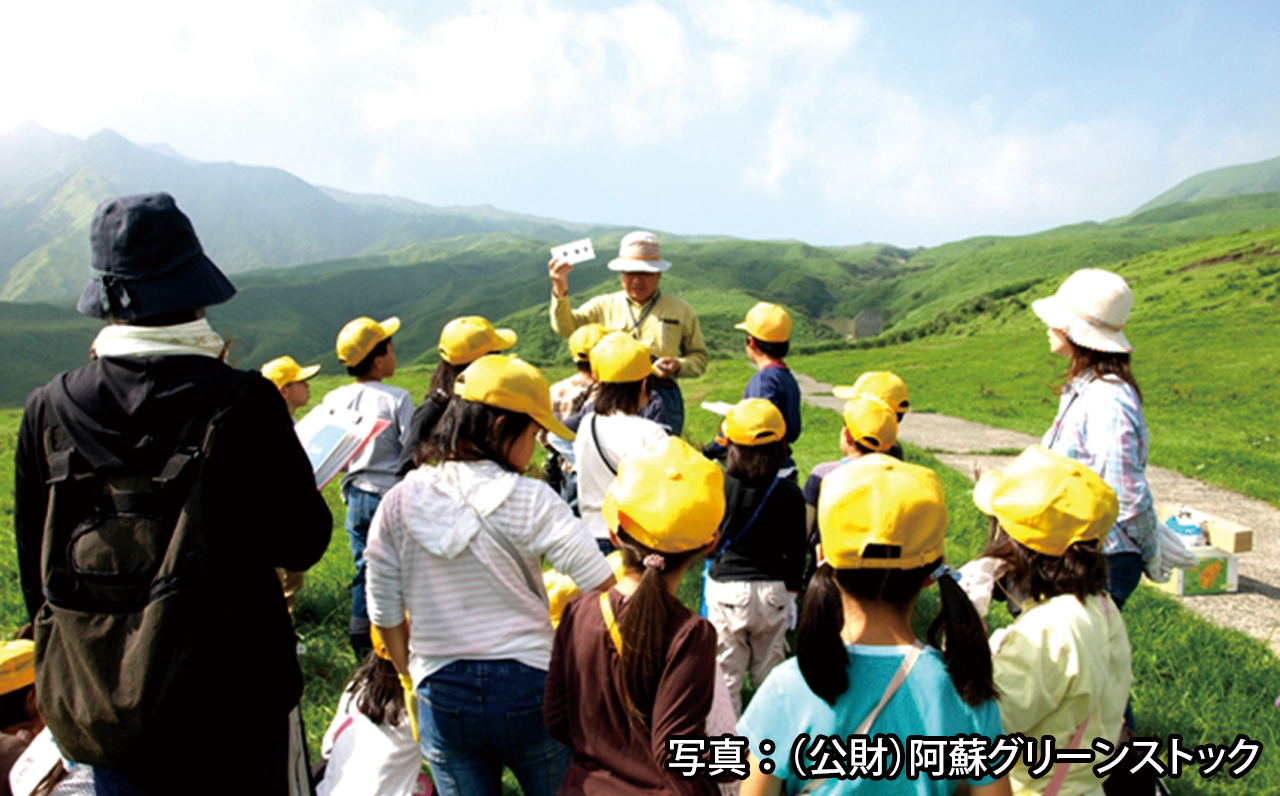
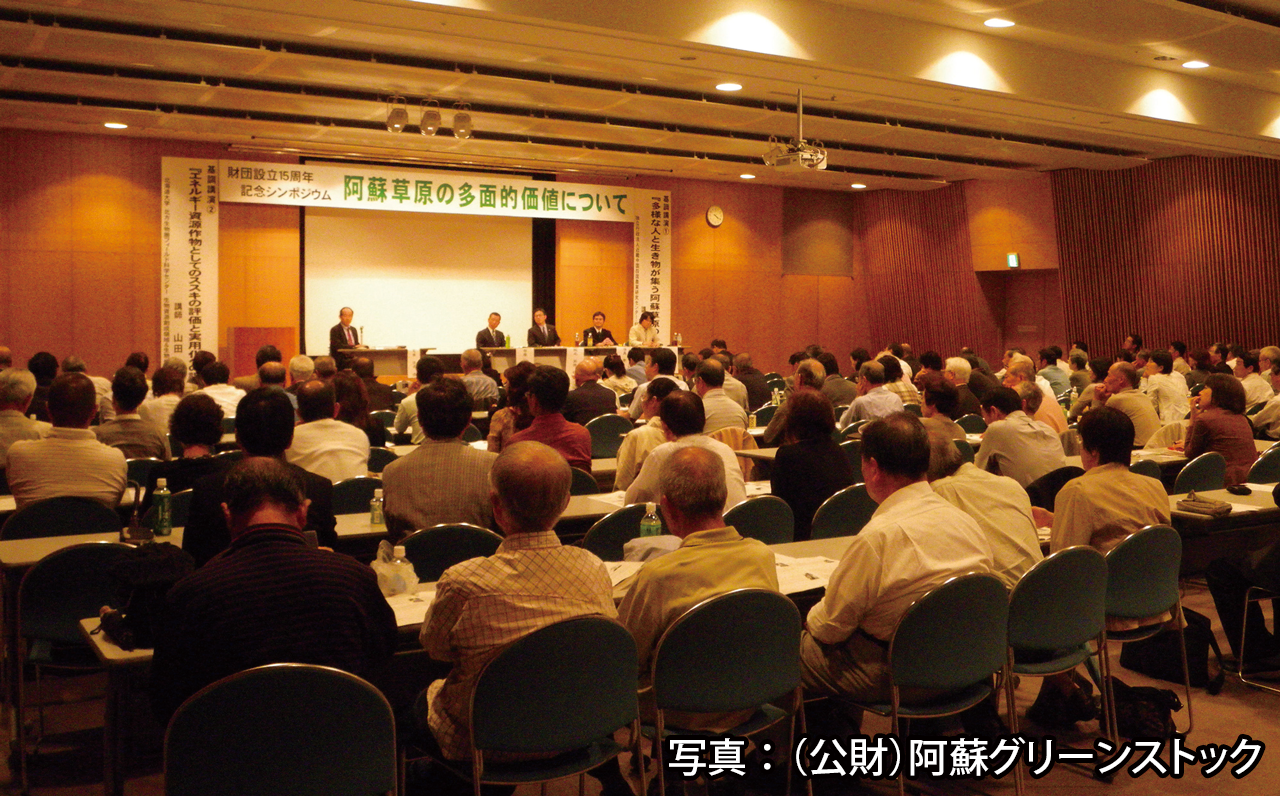
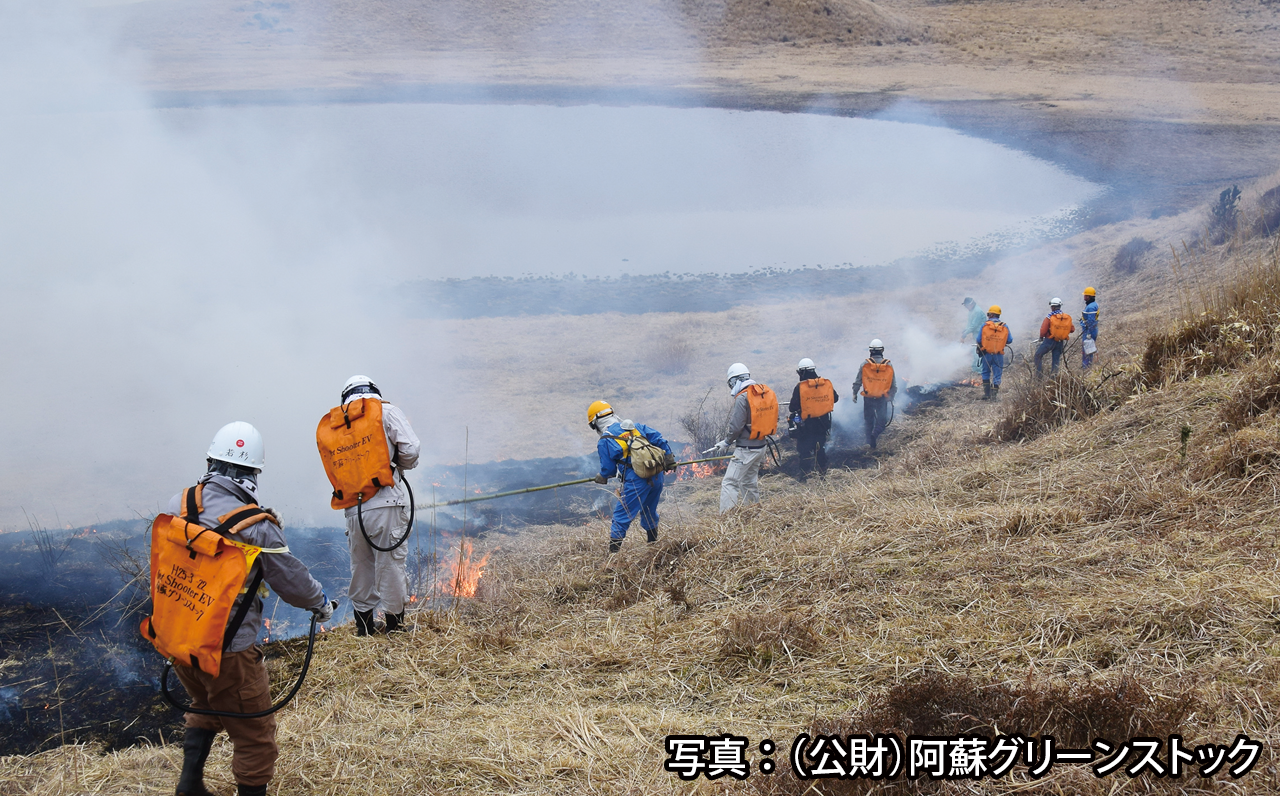
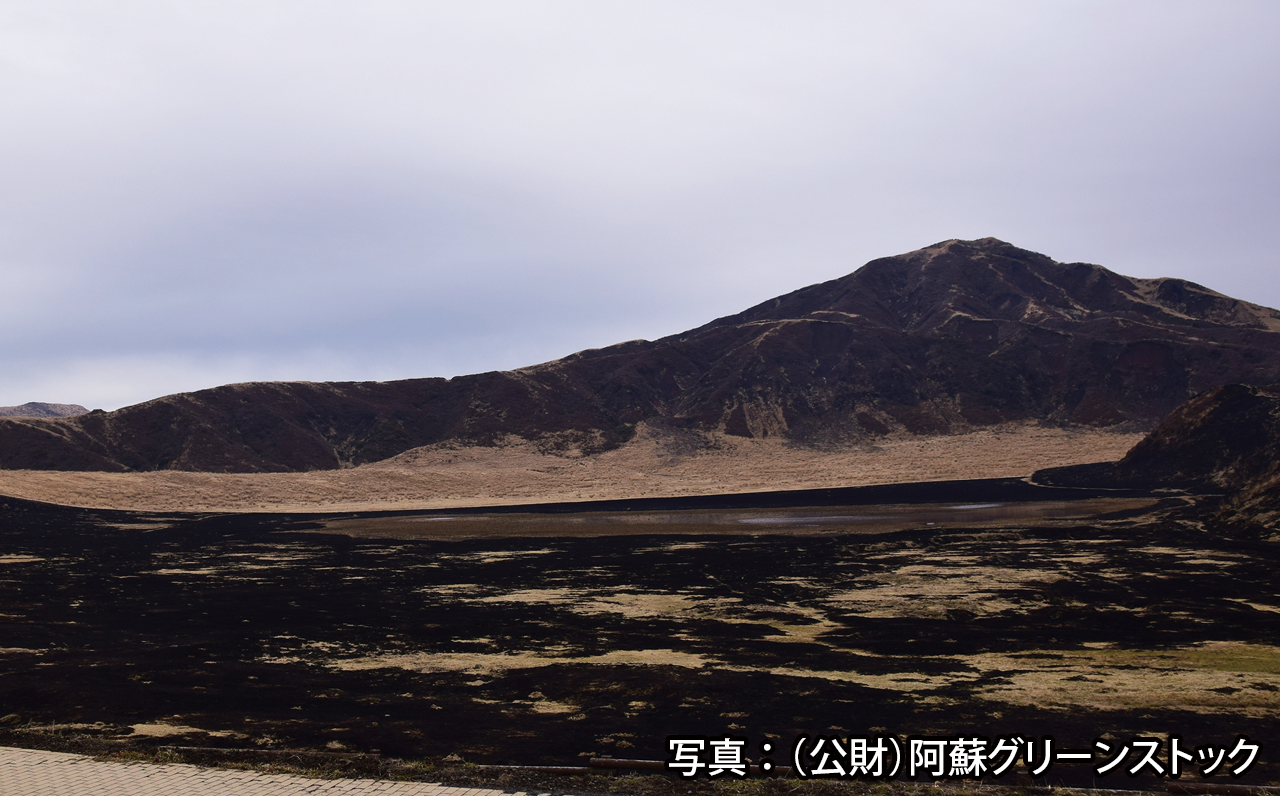
The Aso Grassland Restoration Committee was established in 2005 with the goal of restoring grasslands through various efforts, with the assistance of volunteers from pasture unions, wards, NPOs/NGOs, local communities, local public organizations, and related administrative facilities. Many groups and individuals participate in the Committee based on a common understanding of the issues at hand, initiating numerous projects and activities intended to restore grasslands.
Reconnecting Agriculture, Grazing, and Grasslands
In Japan, it became commonplace for people to eat beef towards the end of the 19th century. Until then, cows played an essential role in Aso's agriculture as draft cattle, plowing fields and carrying things. In addition, grass from grasslands here served not only as food for cows but also as fertilizer for agricultural land. Efforts to reconnect the agriculture and grasslands that have maintained the area for close to a thousand years are currently gaining pace.
Use of Grassland Compost, Made from Pampas Grass and Other Grasses
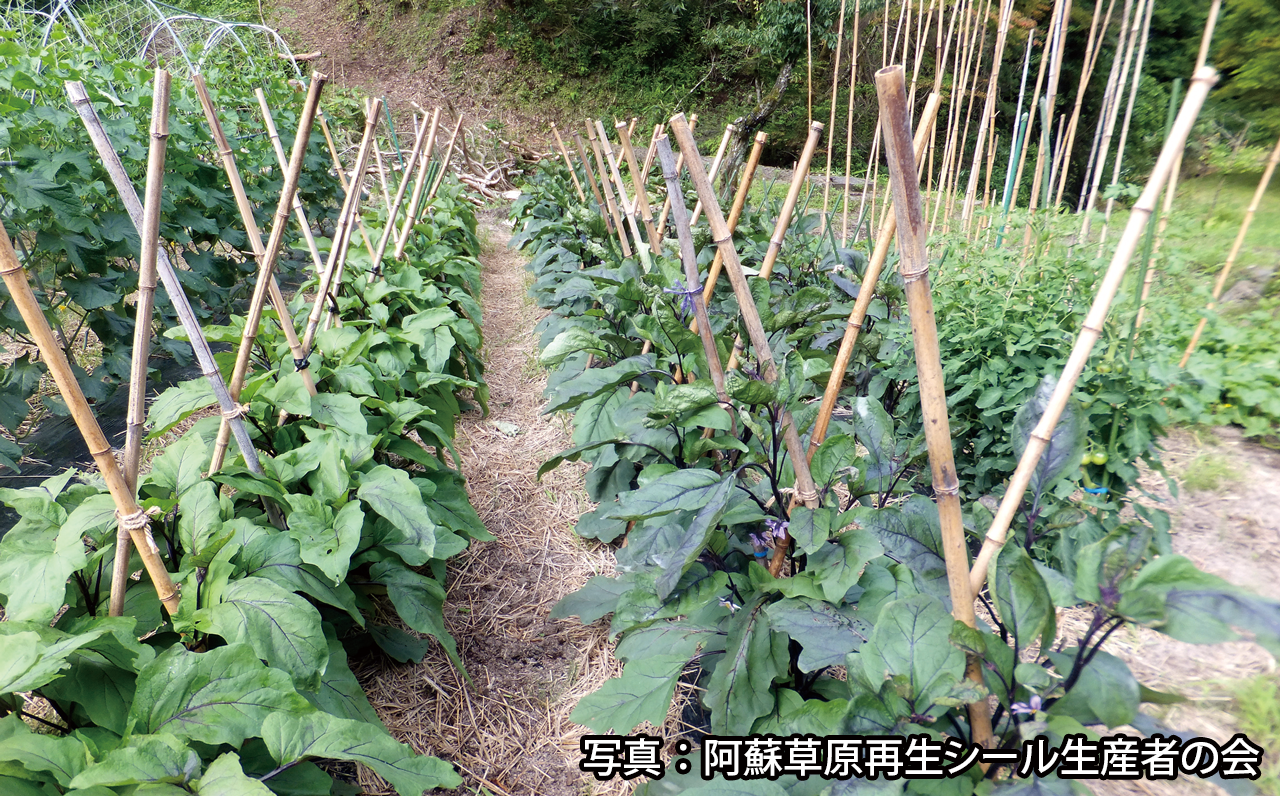
Efforts to Increase the Number of Grazing Cows, Which Eat Grass on Grasslands
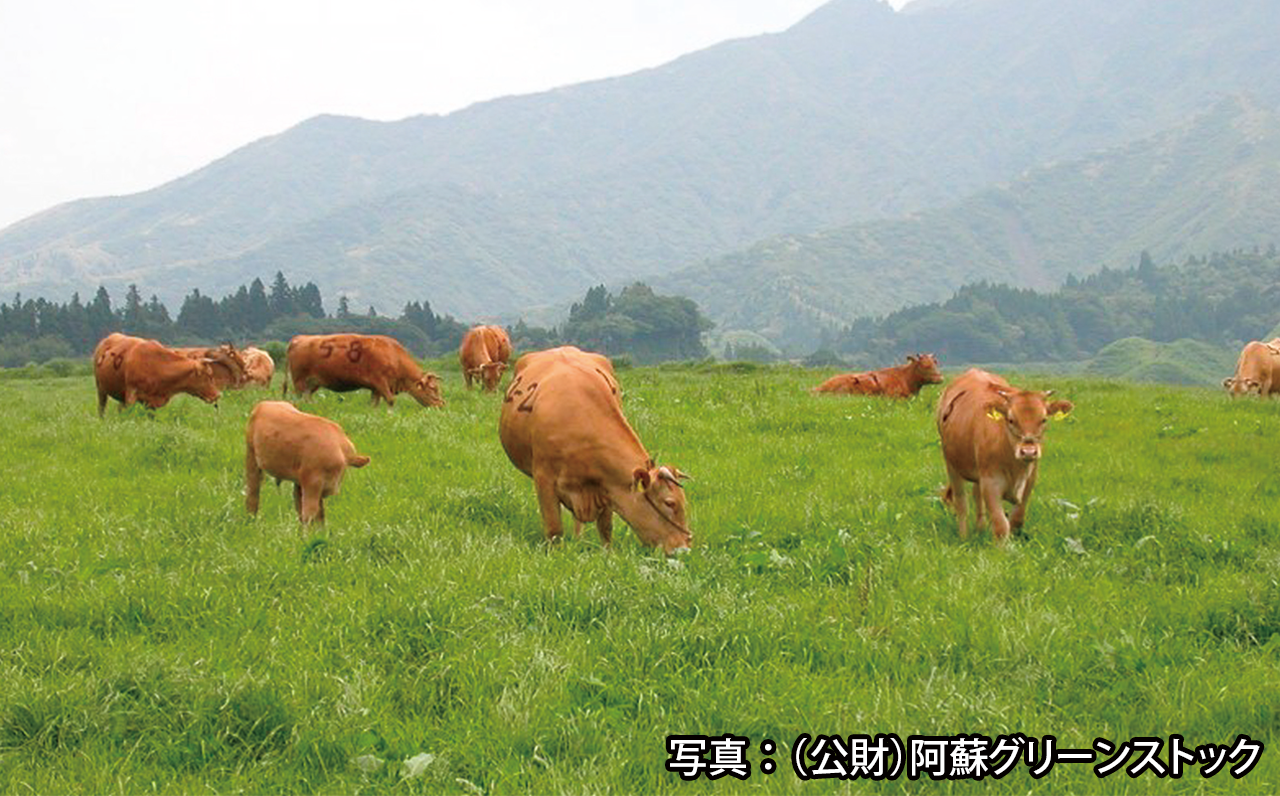
Promotion of Volunteer Activities for Prescribed Burning and Cutting Firebreaks
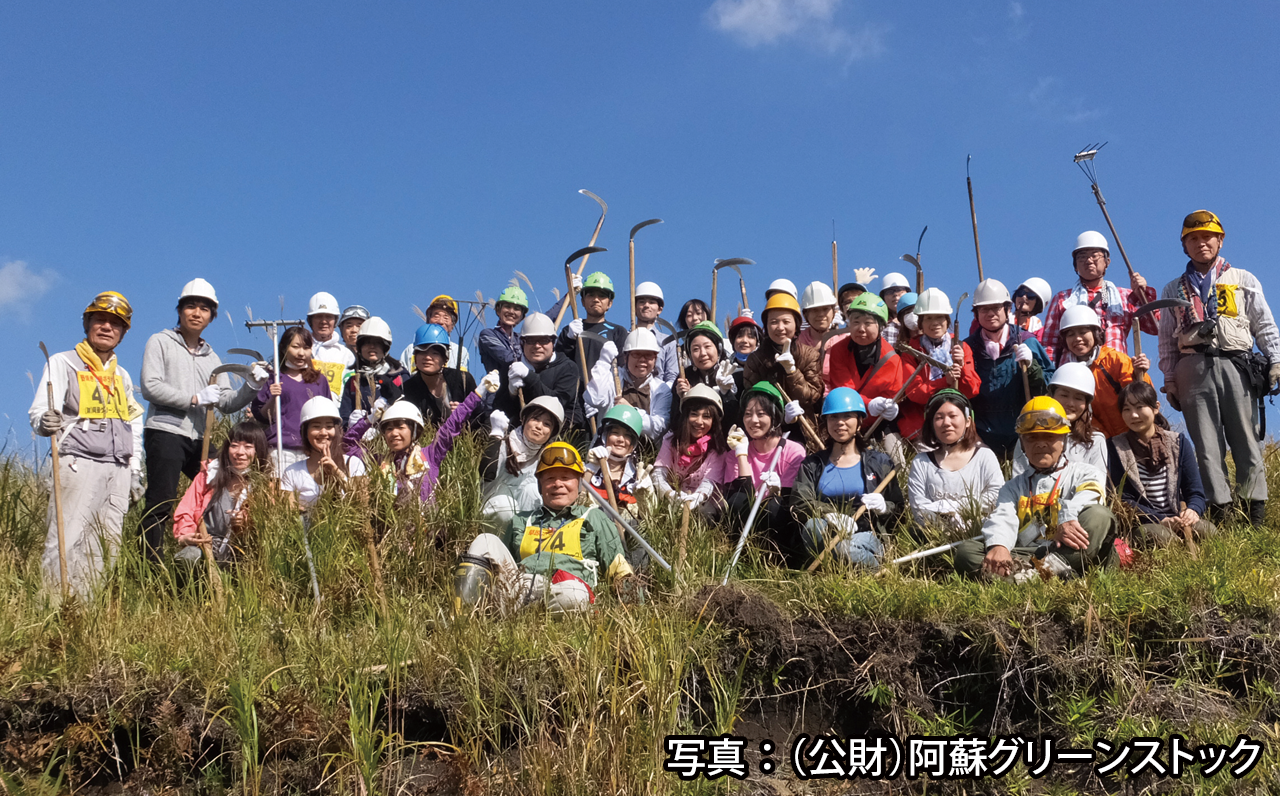
Further Increasing the Value of Aso's Grasslands
People throughout the world are rediscovering the benefits of secondary natural environments, evident in the Japanese government's advocacy of the Satoyama Initiative. As such, various moves are underway to evaluate and promote the value of Aso's grasslands to the world.
Designation as One of Japan's Globally Important Agricultural Heritage Systems
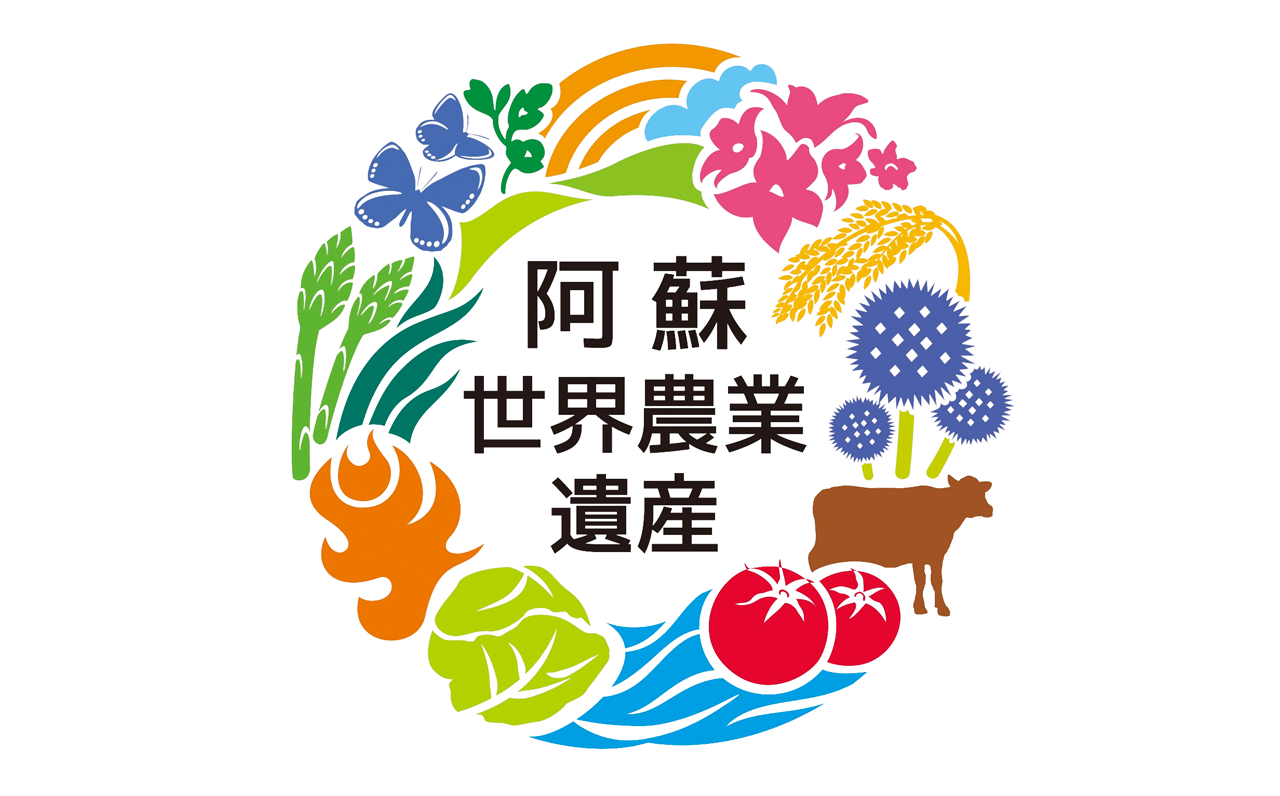
In May 2013, the Aso area was inscribed among the Globally Important Agricultural Heritage Systems (GIAHS) in recognition of the value of its grassland usage and agricultural festivals. GIAHS, a program of the Food and Agriculture Organization of the United Nations (FAO), grants areas recognition for such things as traditional agricultural practices, biodiversity, rural cultures and landscapes, with the goal of conserving and ensuring the continued survival and use of these aspects in their entirety.
Designation as Aso UNESCO Global Geopark
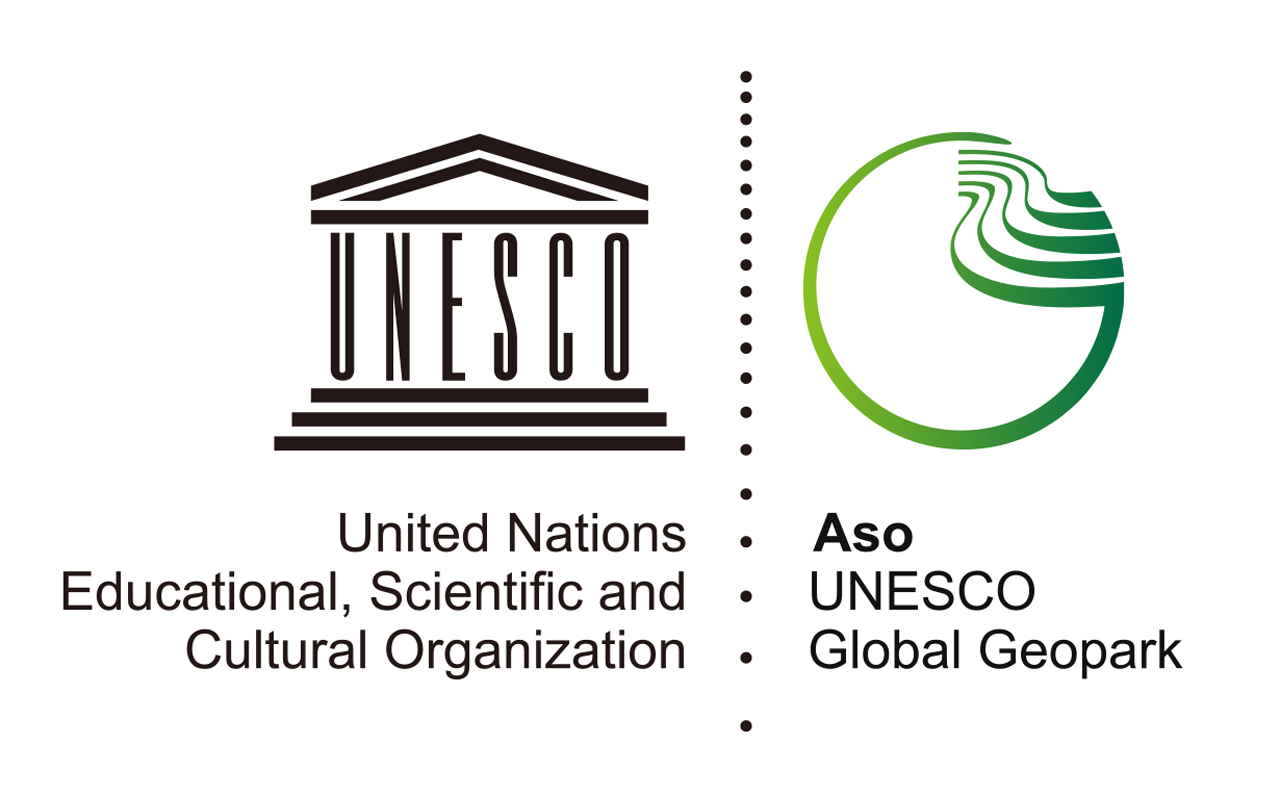
In September 2014, the Aso area was designated as a UNESCO Global Geopark.
Bid for Aso's World Cultural Heritage Inscription
Following a public hearing with the Agency for Cultural Affairs in 2007, a bid was launched to have Aso inscribed as a World Cultural Heritage under the theme of "Coexistence with Aso's volcano and its cultural landscape." As part of this bid, special mention was made of Aso's grasslands as an important cultural landscape.
Selection as Important Cultural Landscapes
In October 2017, seven areas in the Aso region were selected by the Japanese government as Important Cultural Landscapes based on the Act on Protection of Cultural Properties.
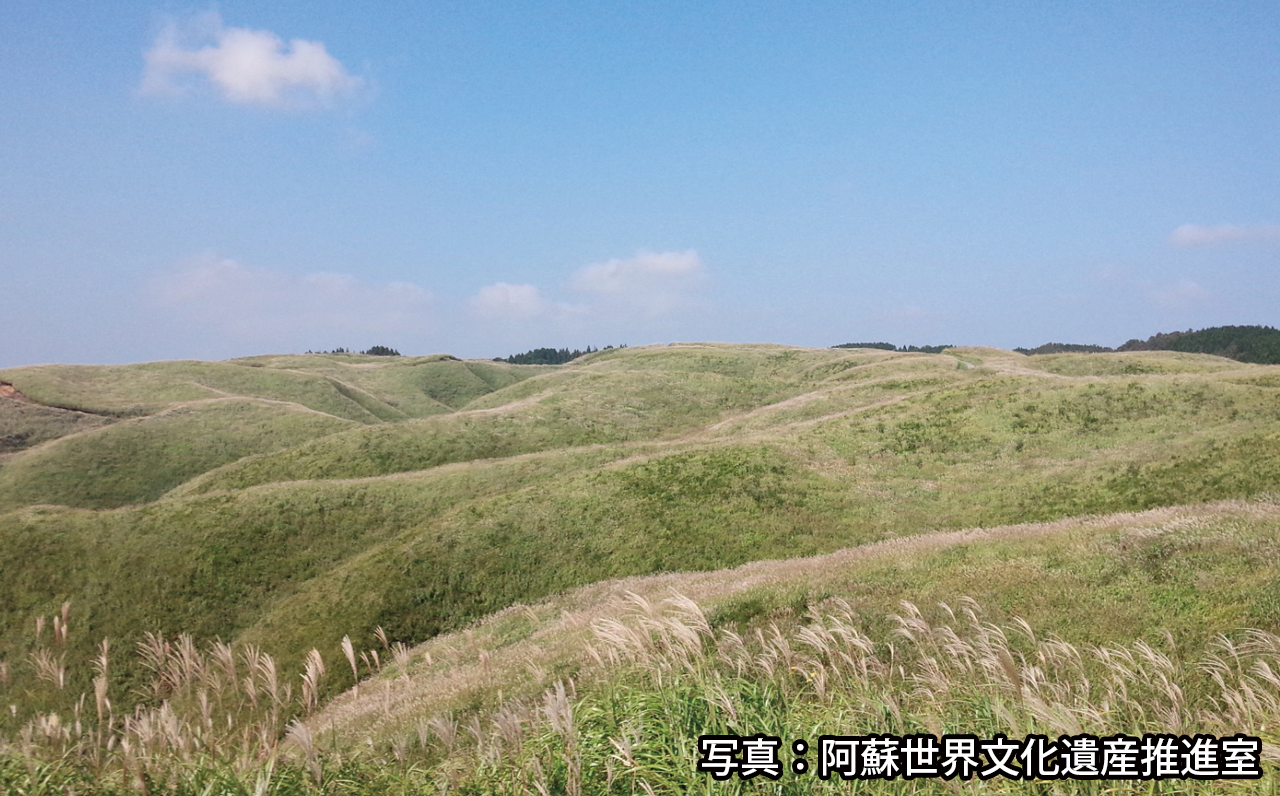
Grassland Landscape in the Center of the North Crater Rim of Aso Caldera (Aso City)
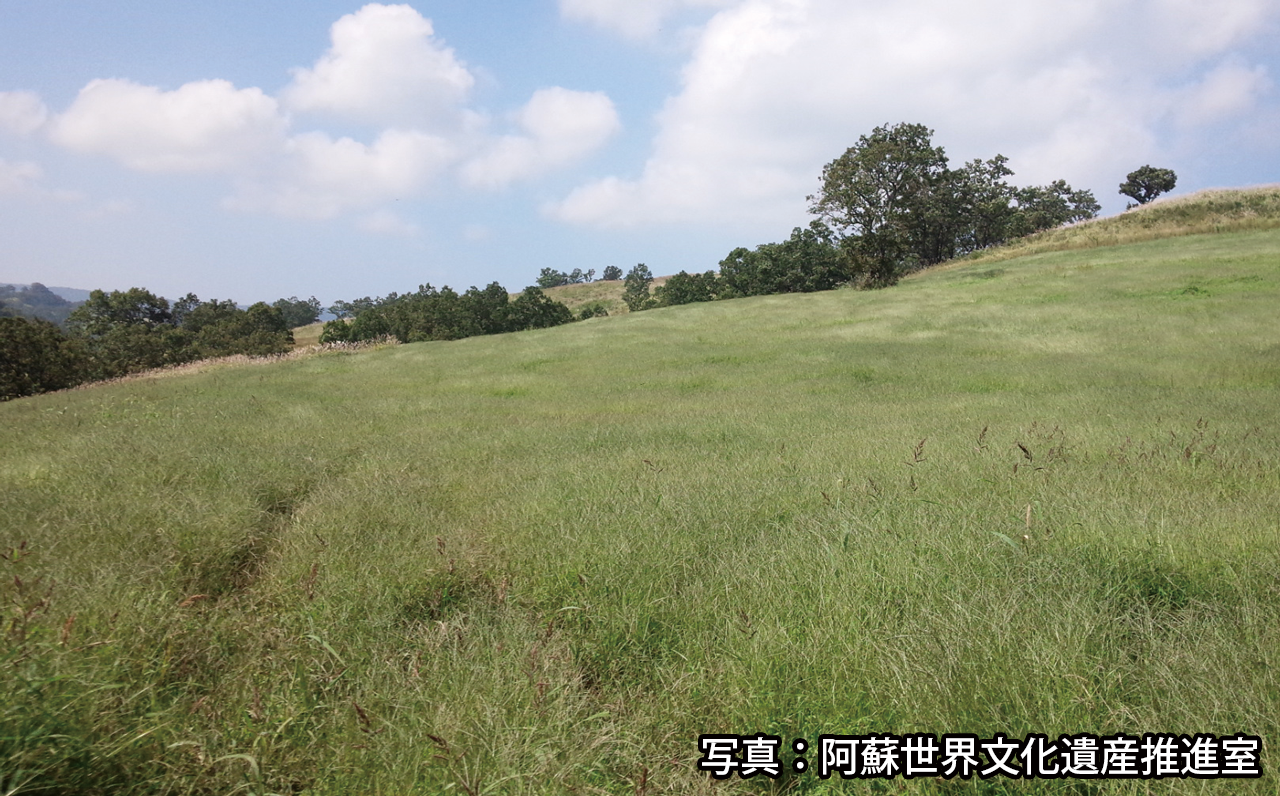
Grassland and Forest Landscapes of Western Minamioguni Town (Minamioguni Town)
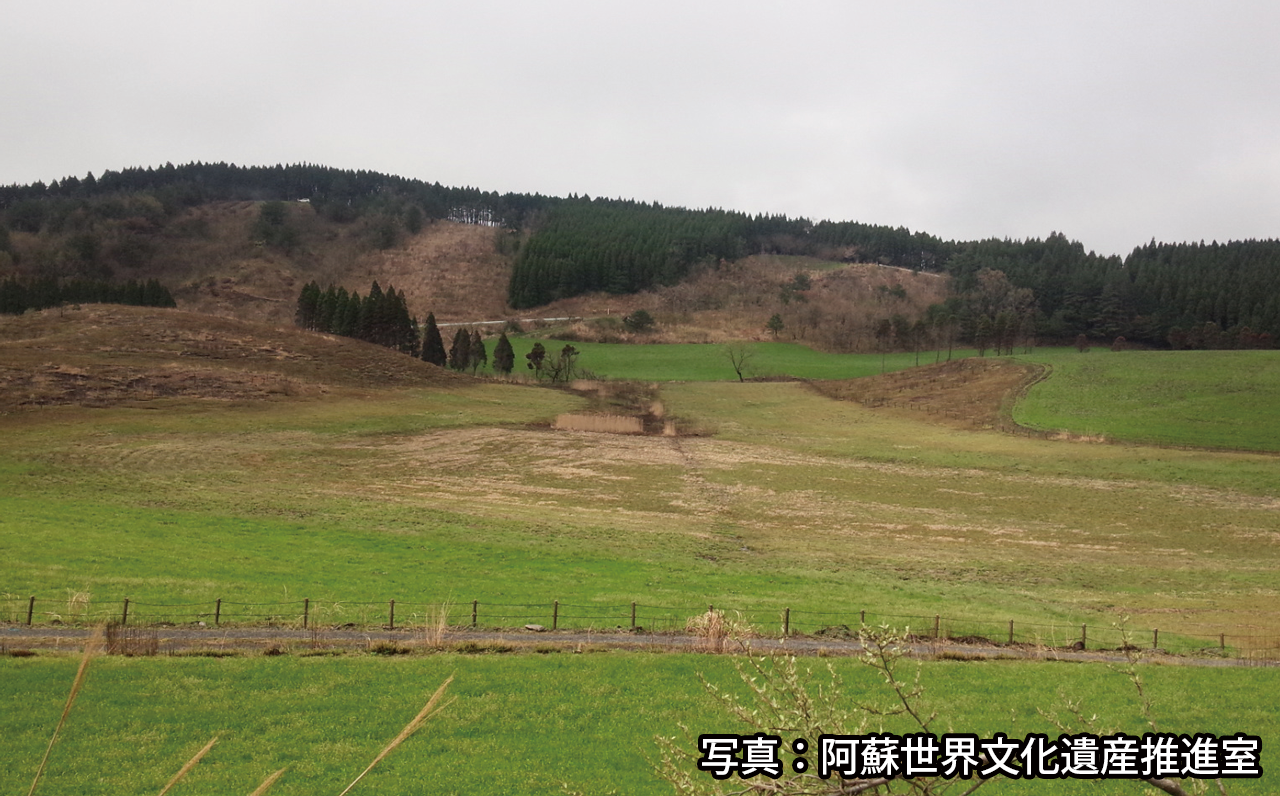
Grassland Landscape at the Foot of Mt. Waita (Oguni Town)
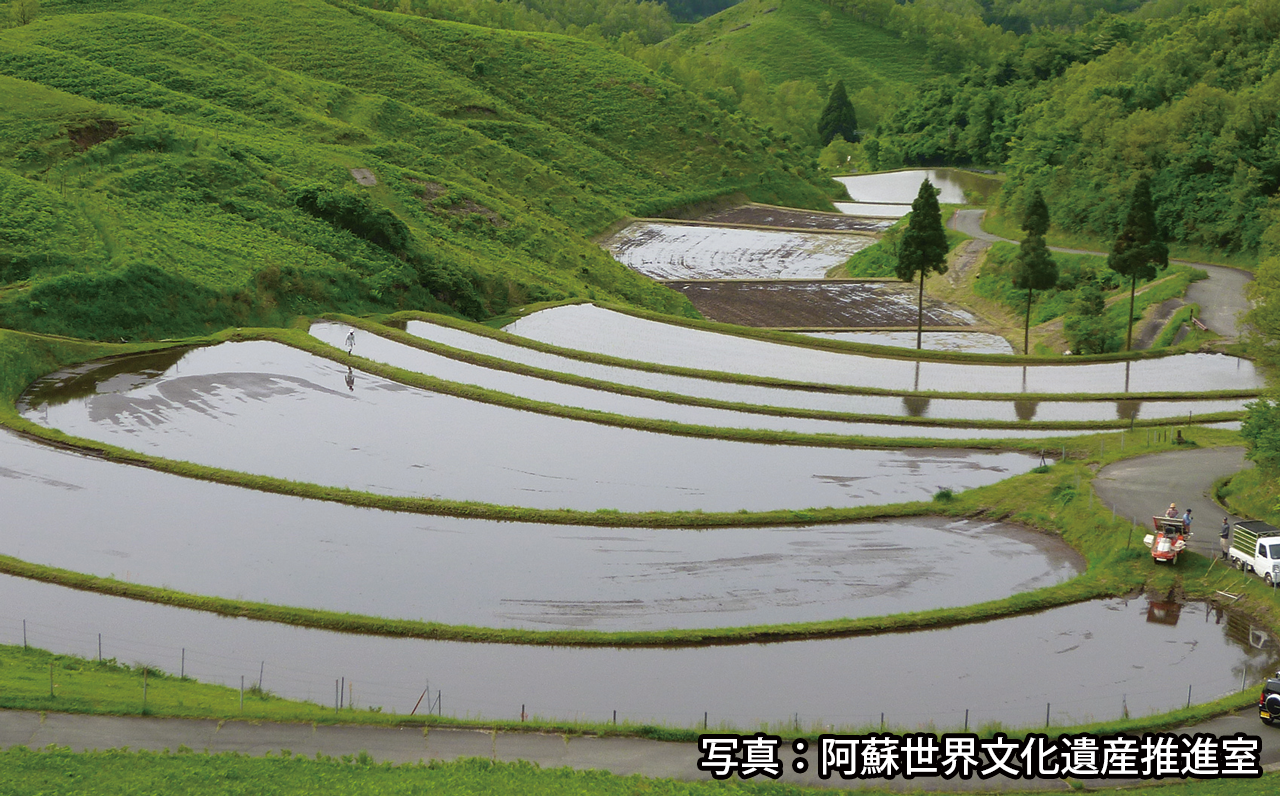
Rural Landscape of Ubuyama Village (Ubuyama Village)
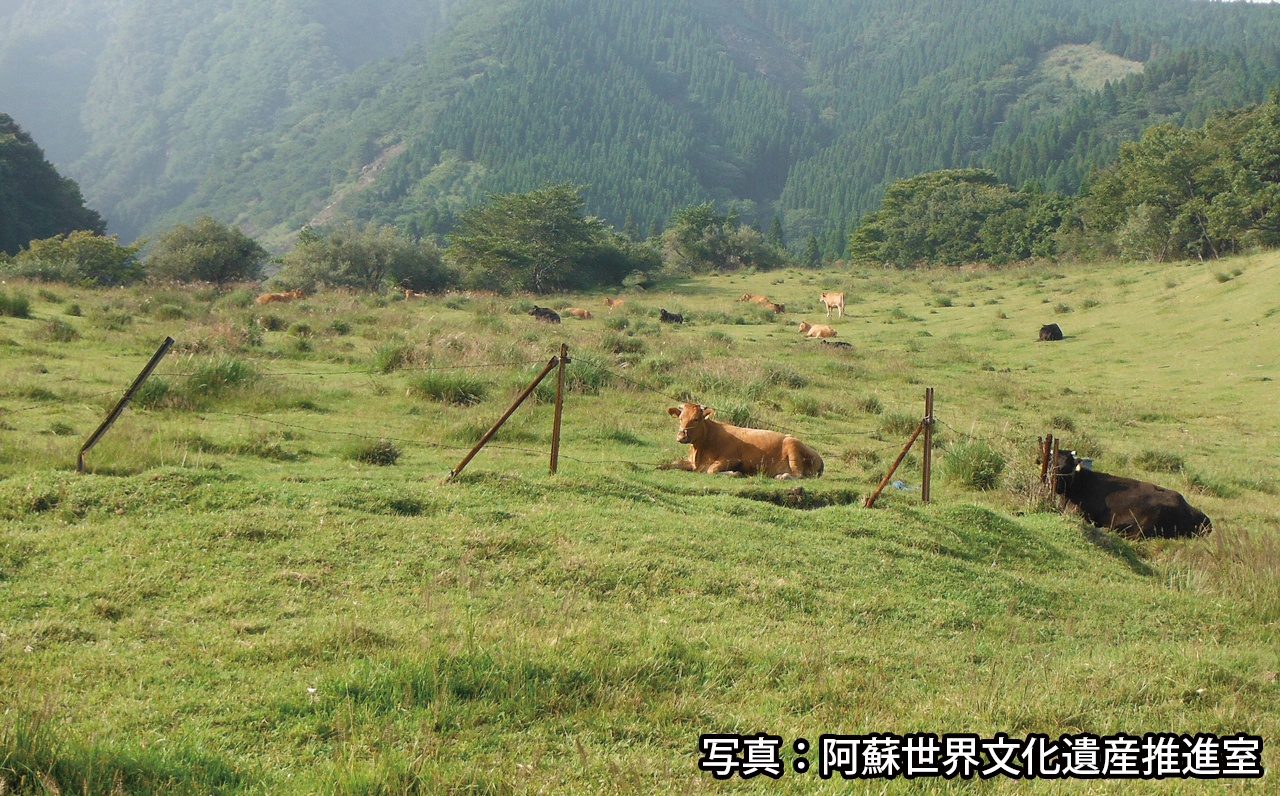
Grassland Landscape at the Southern Foot of Mt. Nekodake (Takamori Town)
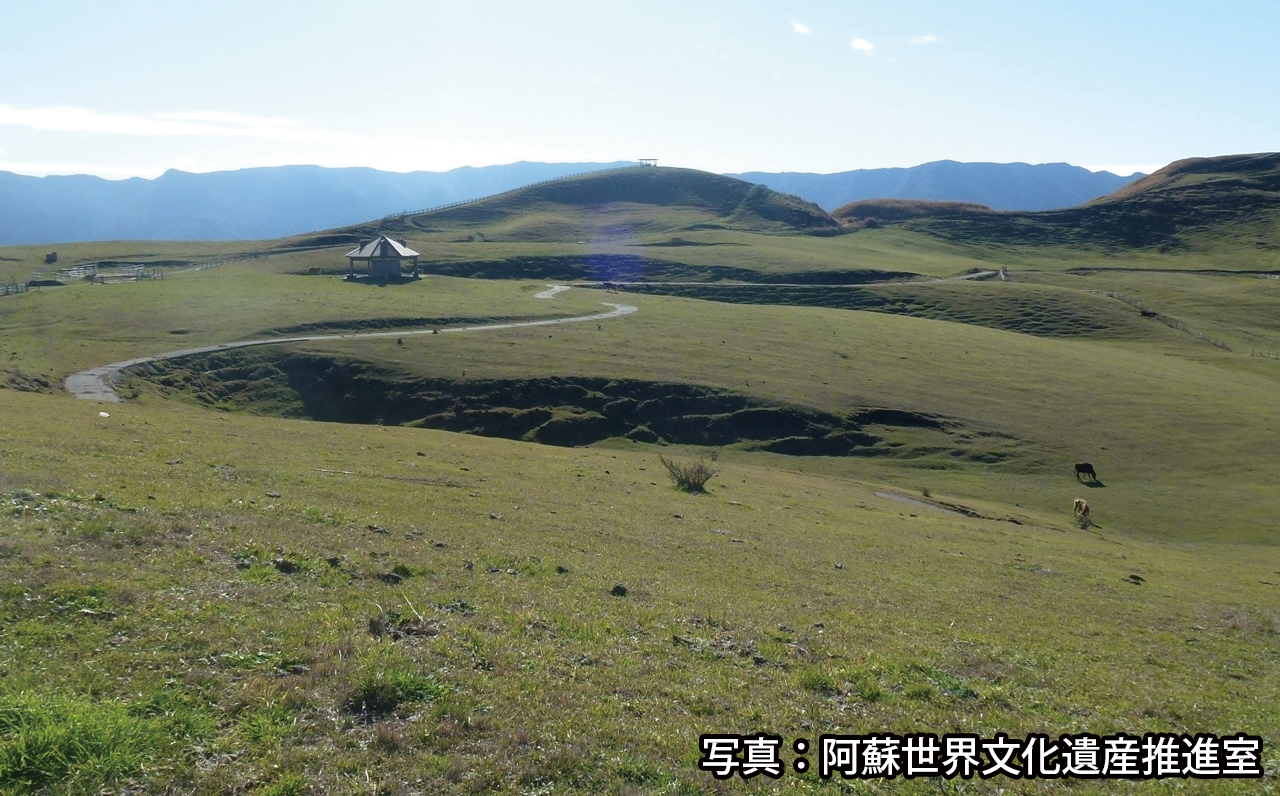
Grassland and Forest Landscapes of Southwestern Mt. Aso (Minamiaso Village)
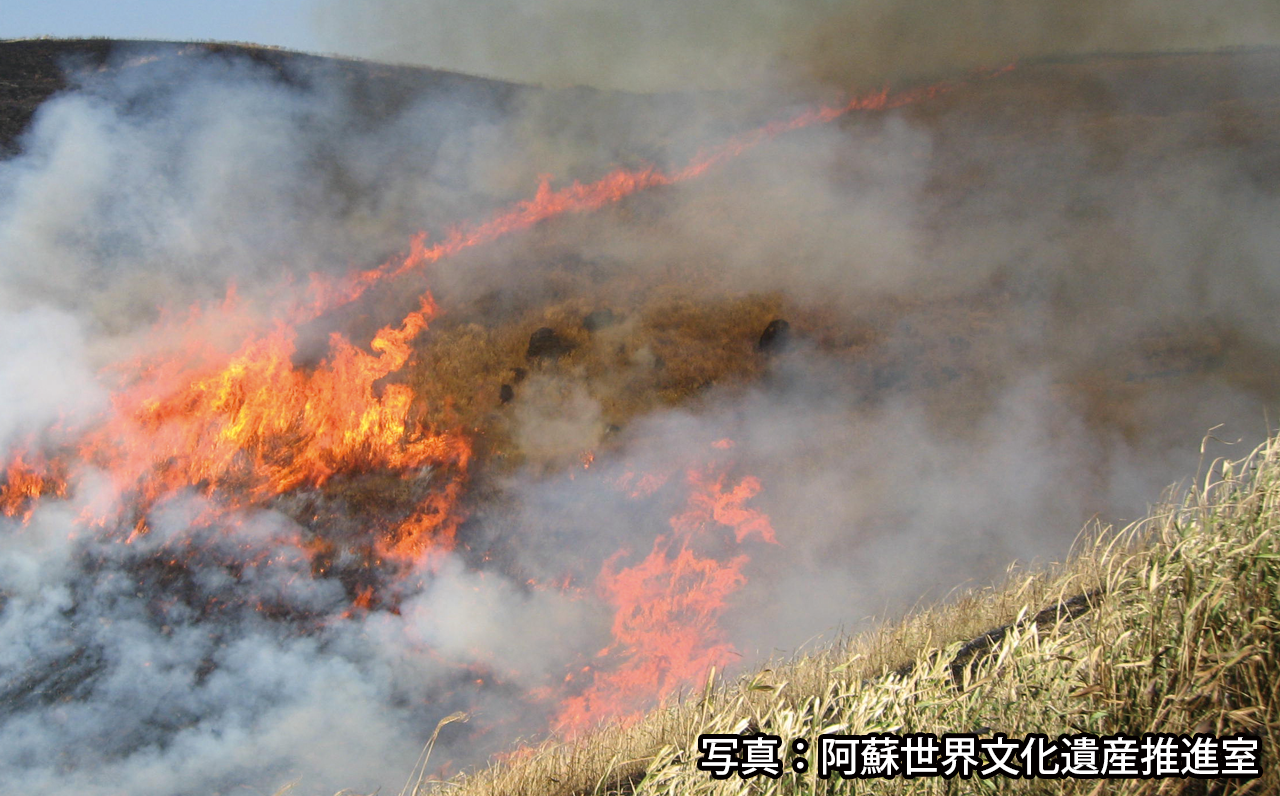
Grassland Landscape in the West of Mt. Aso's Crater Rim (Nishihara Village)
National Park Enjoyment Project
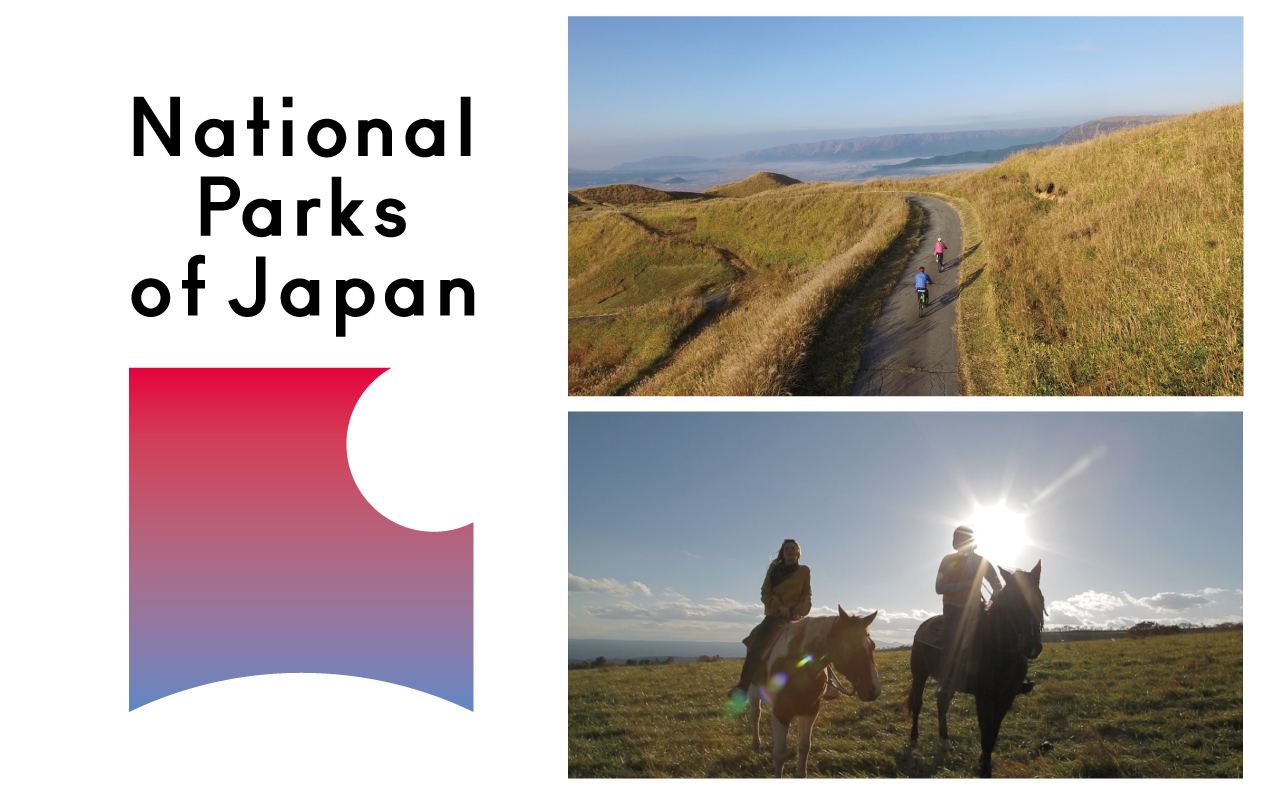
The National Park Enjoyment Project, which began in 2016 and will run for a duration of five years, is an initiative by local committees—consisting of the Ministry of the Environment, local municipalities, and others—aiming to brand national parks. At Aso-Kuju National Park, excellent systems have been put in place to utilize and conserve the area's grassland landscapes, create diverse forms of tourism, and accept inbound tourists to recover from the effects of disasters.
Aso-Kuju Tourism Area
The Aso-Kuju Tourism Area was designated in March 2013 by the Japan Tourism Agency. Since then, many initiatives have been taking place aiming to nurture the region as a world-class destination for community-based tourism.

